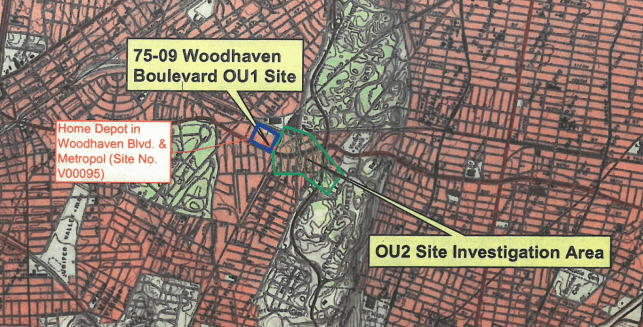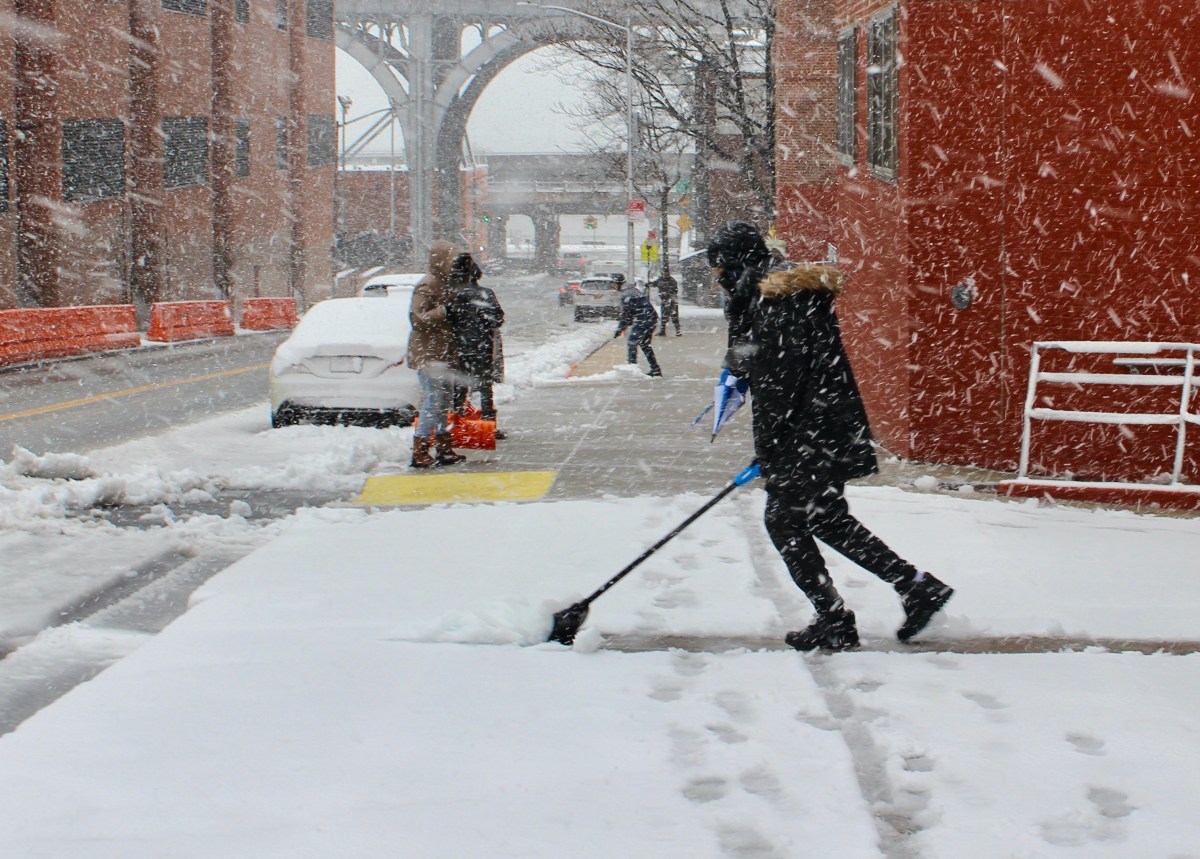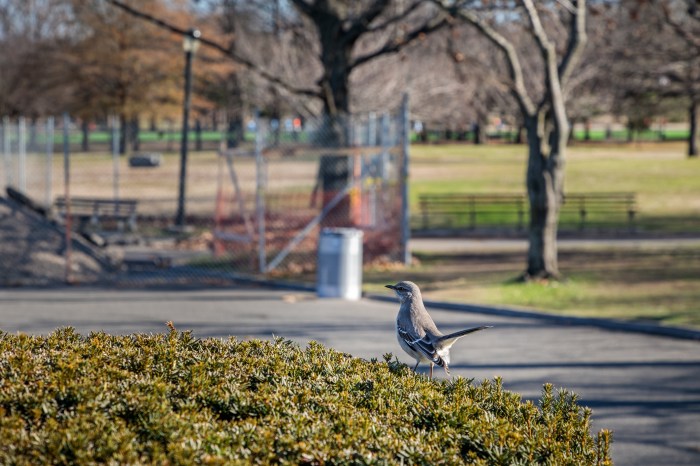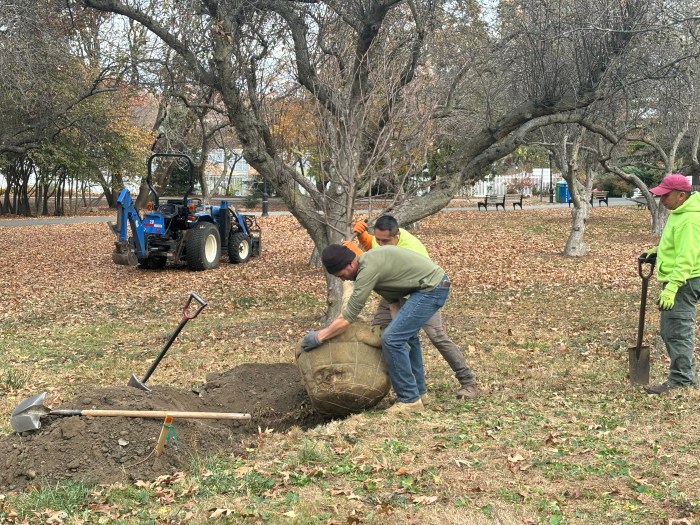State agencies briefed the public on Monday about a Glendale superfund site that will have another round of remediations in the near future after the toxic PCE has been determined to be no detriment to public health.
The Department of Environmental Conservation and the Department of Health held a meeting on March 11 in a small room of the North Forest Park library where residents complained that they were not properly notified of the contaminants beneath the soil in their community.
But DEC claimed there was little chance the public could be breathing the chemical since it is deep underground and a study of 10 homes in 2006 showed no sign of PCE in the air – an admittedly small size – but that 30 year project would flush the soil of the contaminant.
“We should have had flyers coming to our house, we should have been informed by you people,” one attendee said. “Nothing.”
“This is why there’s nobody here tonight, nobody knows,” another person said, with many attributing QNS for learning about the meeting.
With most of the contamination up to 100 feet below the surface at the deepest parts, DOH does not consider soil vapor intrusion to be an issue for a few reasons: because although the PCE is concentrated in the ground water, there is a layer of clean water between the chemical and the surface; homes are not at risk because the foundations, unless there are crack in the pavement, will seal out the vapors; and there is no risk of people ingesting PCE because the surrounding communities are on the municipal system which is supplied from upstate.
But Robert Nardella, 78, however, maintained concern about his home after the presentation because of the claim by DEC that the underground plume had migrated west at a shallower level and pointed out that some residents may have dug wells on their property over the years as a means to water their lawn or fill above-ground pools to get around water restrictions.
“Why is it being addressed again?” Nardella told QNS. “I was confused as to why this is coming up again when they did everything to minimize our concerns, you know, saying there was no more vapor and that it’s going deeper and deeper into the ground.”
Nardella was also concerned about his home, which was built in the early 1930s which just have wood floors over dirt in the basement, offering no protection from possible soil vapor intrusion.
“There are still many homes next to that site that have dirt over a wood floor, mine included,” Nardella added. “If there are any vapors coming up, I don’t have any protection.”
Another woman at the meeting was still doubtful that there was nothing to worry about, as the two state agencies said.
“It’s very disturbing, I moved to the neighborhood in 2002,” she said. “Why do we bother with another 30 years and spending millions if it no big deal and just going to go away.”
The site at 75-09 Woodhaven Blvd. may have come under contamination in 1967, when the property was used as a knitting mill, according to a DEC fact sheet. The DEC believes the knitting mill may be to blame for the PCE contamination, and since late 1990s a Home Depot has sat at the location.
“It started in 1967, I think and we’re finding out two weeks ago? It’s outrageous,” another attendee said.
In 1997, before the Home Depot was built, a volunteer program conducted an excavation to remove some of the soil and air sparging, a method of digging wells into the ground to air out contamination, was performed in the 4,000-square-foot area, the DEC fact sheet.
DEC and DOH will be remediating by a method that pump chemical oxidizers into the ground through 9 injections valves to expel PCE from the soil through nine more ventilation points and will impact the contaminant’s chemical structure across a 14,400-square-foot area south of Seither Stadium, according to information from the DEC fact sheet and the presentation.
DOH Public Health Specialist Arunesh Ghosh acknowledged that the 10 homes surveyed in 2006 is a small sample, but insisted that it was an accurate depiction of air quality in homes when paired with other monitoring projects of the ground water lead the agency to believe there is no danger to the health of residents.
“As far as inhalation – soil vapor intrusion – that’s the one thing that potentially, maybe, might be possibly a concern here,” Ghosh said.
One resident read from a sheet that said her home had been tested in 2006 and came up negative for PCE exposure.
The DEC said it’s goal is to return the site to its pre-contaminated condition if feasible but at the very least minimize any risk to the public.



































